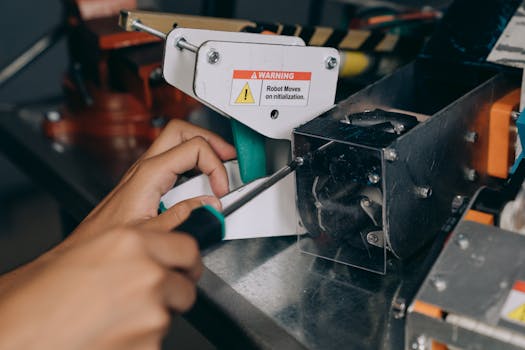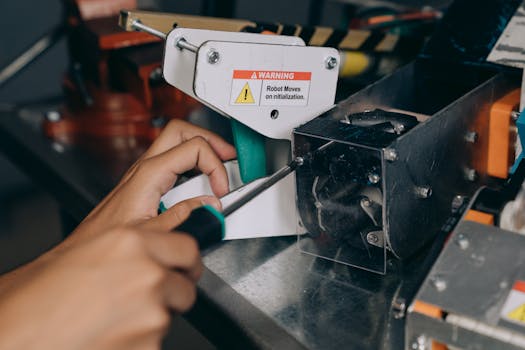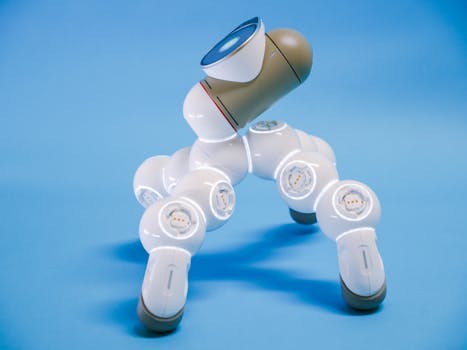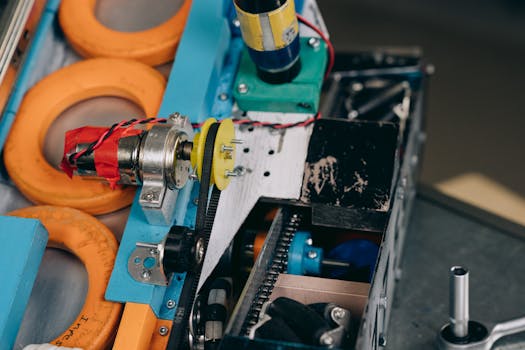
Innovations in Robotics: Exploring the Future of Mechanical Components
Takeaways: This article dives into the latest innovations in robotics, focusing on the mechanical components that play a crucial role in enhancing robotic capabilities. We will explore advancements in materials, design, and technology that are shaping the future of robotics.
Robotics is a field that has seen exponential growth over the past few decades. As technology advances, so do the capabilities of robotic systems. This article will discuss some of the most exciting innovations in robotics, particularly focusing on the mechanical components that enable these advancements.
1. The Evolution of Robotics Technology

One significant innovation is the integration of artificial intelligence (AI) in robotic systems. AI allows robots to learn from their environment, adapt to new tasks, and make decisions based on data analysis. This evolution has led to the development of autonomous robots that can operate in unpredictable environments, such as disaster relief scenarios or even deep-sea exploration.
Moreover, the introduction of advanced algorithms and machine learning techniques has enhanced the functionality of robots. For instance, robots can now recognize objects, navigate through complex spaces, and collaborate with humans in industrial settings. These advancements are revolutionizing industries ranging from manufacturing to healthcare.
2. Key Mechanical Components in Modern Robotics

Actuators are crucial for mobility and versatility. They convert energy into motion, enabling robots to move their limbs or wheels. Innovations in actuator technology, such as soft robotics, have paved the way for robots that can interact safely with humans and navigate delicate environments. Soft actuators made from flexible materials can mimic biological movements, providing a more adaptable approach to robot design.
Sensors also play a vital role in robotics. They allow robots to perceive their surroundings and gather data for decision-making. Recent advancements in sensor technology, such as LIDAR, cameras, and tactile sensors, have made it possible for robots to understand and interact with their environment more effectively. This sensory feedback is essential for tasks like navigation, object manipulation, and human-robot interaction.
The structural components of robots are equally important. Innovations in materials science have led to lighter, stronger, and more durable materials that enhance a robot’s efficiency and longevity. For example, the use of carbon fiber and advanced polymers has resulted in robots that can perform tasks with greater agility and reduced energy consumption.
3. Future Trends in Robotics and Mechanical Components

Another trend is the expansion of robotics into new industries, such as agriculture and construction. Agricultural robots are becoming essential for tasks like planting, harvesting, and monitoring crops. Similarly, robotics in construction is improving safety and efficiency by automating repetitive tasks and ensuring precision in building processes.
Moreover, sustainability is becoming a driving factor in robotics innovation. Engineers are focusing on creating energy-efficient robots that minimize environmental impact. This includes developing robots powered by renewable energy sources and utilizing recyclable materials in their construction.
Conclusion








